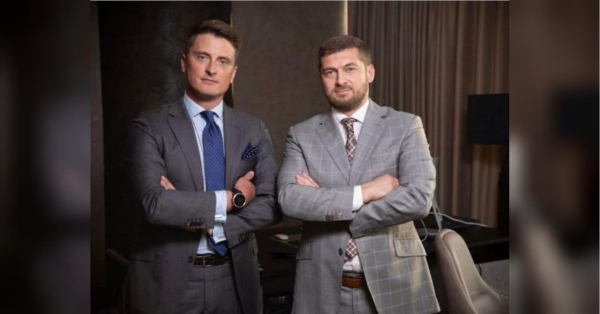
ZAPORIZHZHIA, Ukraine — Thousands of Ukrainian civilians are detained in a network of formal and informal prisons across Russia and the territories it occupies, where they endure torture, psychological abuse and even slave labor. And Russia plans to build dozens more prisons, according to a government document obtained by The Associated Press.
The AP spoke with dozens of people, including 20 former detainees, along with ex-prisoners of war, the families of more than a dozen civilians in detention, two Ukrainian intelligence officials and a government negotiator. Their accounts, as well as satellite imagery, social media, government documents and copies of letters delivered by the Red Cross, confirm a widescale Russian system of detention and abuse of civilians that goes directly against the Geneva Conventions.
Here are findings from the AP investigation:
1. The number of Ukrainian civilians held in Russian prisons is now in the thousands, many without charges. At least 4,000 civilians are held in Russia and at least as many scattered around the occupied territories, according to Vladimir Osechkin, an exiled Russian human rights activist. Ukraine’s government believes around 10,000 civilians could be detained, and the numbers have grown rapidly over the course of the war. Detention can now be for alleged transgressions as minor as speaking Ukrainian or simply being a young man in an occupied region. About 150 civilians have been freed to Ukrainian-controlled territory.
2. A Russian government document obtained by the AP dating to January outlined plans to create 25 new prison colonies and six other detention centers in occupied Ukraine by 2026. In addition, Russian President Vladimir Putin in May signed a decree allowing Russia to send people from territories with martial law, which includes all of occupied Ukraine, to those without, such as Russia. This makes it easier to deport Ukrainians who resist Russian occupation deep into Russia indefinitely, which has happened in multiple cases documented by the AP.
3. Abuse is routine, including repeated electrical shocks, beatings that crack skulls and fracture ribs, and simulated suffocation. Every former detainee interviewed by the AP said torture was a constant, and many told the AP they witnessed deaths. A United Nations report from June said 91% of prisoners “described torture and ill-treatment.”
4. Russia will not acknowledge that it holds civilians, let alone why. But some are used for slave labor in digging trenches for Russian soldiers and mass graves. The prisoners serve as future bargaining chips in exchanges for Russian soldiers, although international law forbids the exchange of civilians for prisoners of war. The U.N. has also said there is evidence of civilians being used as human shields near the front lines.
Sourse: abcnews.go.com






